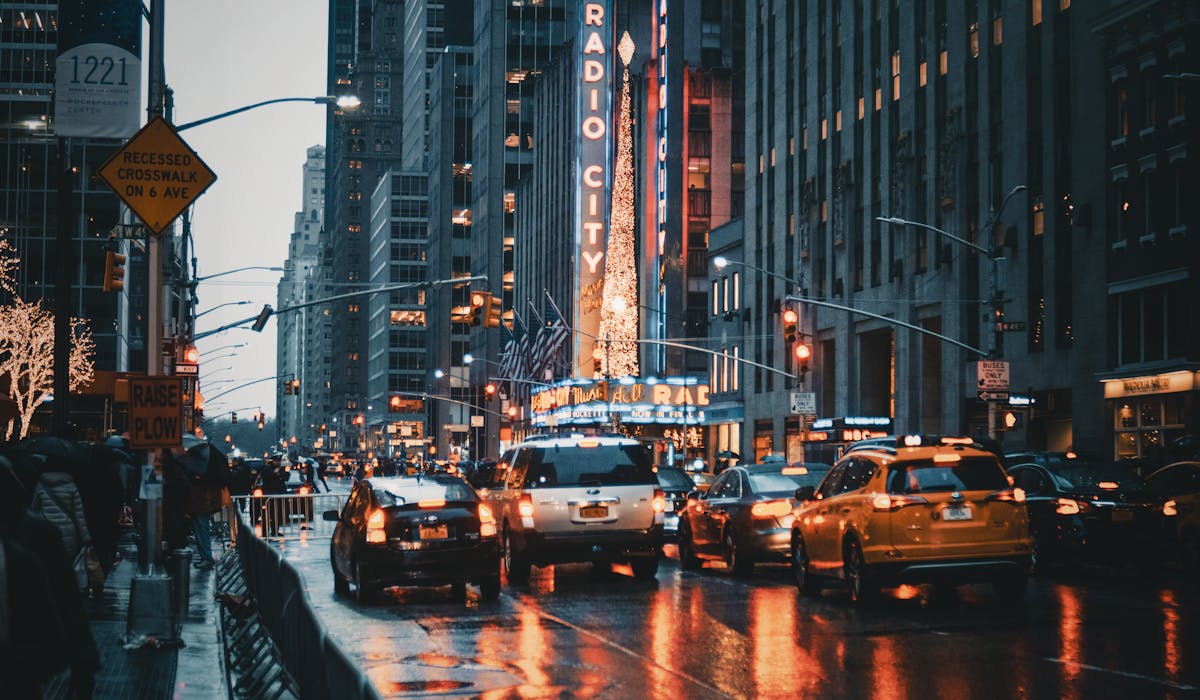The Buzz on Framing Streets
The Buzz on Framing Streets
Blog Article
Examine This Report on Framing Streets
Table of ContentsThe Single Strategy To Use For Framing StreetsThe Ultimate Guide To Framing StreetsFraming Streets for BeginnersWhat Does Framing Streets Mean?7 Easy Facts About Framing Streets DescribedFraming Streets Fundamentals Explained
Photography style "Crufts Pet Show 1968" by Tony Ray-Jones Road photography (also occasionally called candid photography) is photography carried out for art or questions that features unmediated chance encounters and arbitrary events within public locations, normally with the goal of capturing pictures at a decisive or poignant minute by careful framing and timing. 
Some Of Framing Streets
Susan Sontag, 1977 Road digital photography can focus on people and their behavior in public. In this respect, the street professional photographer resembles social documentary professional photographers or photographers that likewise work in public areas, but with the goal of catching relevant events. Any of these professional photographers' pictures may record individuals and residential property visible within or from public places, which usually requires browsing honest concerns and legislations of privacy, security, and residential property.
Representations of daily public life form a style in virtually every period of world art, beginning in the pre-historic, Sumerian, Egyptian and early Buddhist art periods. Art dealing with the life of the road, whether within sights of cityscapes, or as the dominant motif, shows up in the West in the canon of the North Renaissance, Baroque, Rococo, of Romanticism, Realistic look, Impressionism and Post-Impressionism.
Framing Streets Can Be Fun For Everyone
Louis Daguerre: "Blvd du Temple" (1838 or 1839) In 1838 or 1839 the first picture of numbers in the street was tape-recorded by Louis-Jacques-Mand Daguerre in one of a pair of daguerreotype views drawn from his workshop window of the Boulevard du Temple in Paris. The second, made at the height of the day, reveals an uninhabited stretch of street, while the various other was taken at concerning 8:00 am, and as Beaumont Newhall records, "The Blvd, so continuously loaded with a relocating throng of pedestrians and carriages was perfectly singular, other than a person that was having his boots brushed.
, that was motivated to take on a comparable paperwork of New York City. As the city established, Atget aided to promote Parisian roads as a worthy topic for digital photography.

Excitement About Framing Streets
Martin is the very first videotaped digital photographer to do so in London with a disguised cam. Mass-Observation was a social study organisation established in 1937 which intended to videotape daily life in Britain and to videotape the reactions of the 'man-in-the-street' to King Edward VIII's abdication in 1936 to marry divorce Wallis Simpson, and the succession of George VI. The principal Mass-Observationists were anthropologist Tom Harrisson in Bolton and poet Charles Madge in London, and their first record was generated as guide "May the Twelfth: Mass-Observation Day-Surveys 1937 by over resource 2 hundred viewers" [] Window cleaner at Kottbusser Tor, Berlin, by Elsa Thiemann c. 1946 The post-war French Humanist Institution photographers discovered their subjects on the street or in the restaurant. Between 1946 and 1957 Le Groupe des XV each year exhibited work of this kind. Andre Kertesz. Circus, Budapest, 19 May 1920 Street digital photography formed the major content of 2 events at the Museum of Modern Art (Mo, MA) in New york city curated by Edward Steichen, 5 French Professional Photographers: Brassai; Cartier-Bresson, Doisneau, Ronis, Izis in 1951 to 1952, and Post-war European Digital Photography in 1953, which exported the concept of street digital photography worldwide.

Unknown Facts About Framing Streets
The recording machine was 'a concealed electronic camera', a 35 mm Contax concealed beneath his coat, that was 'strapped to the chest and attached to a lengthy wire strung down the ideal sleeve'. His job had little modern impact as due to Evans' level of sensitivities concerning the originality of his task and the personal privacy of his topics, it was not released up until 1966, in the publication Lots of Are Called, with an introduction created by James Agee in 1940.
Helen Levitt, after that an educator of young kids, connected with Evans in 193839. She recorded the transitory chalk drawings - Sony Camera that belonged to children's road society in New York at the time, as well as the children who made them. In July 1939, Mo, MA's new photography section consisted of Levitt's operate in its inaugural exhibitRobert Frank's 1958 publication,, was substantial; raw and typically indistinct, Frank's pictures examined conventional digital photography of the time, "tested all the formal rules laid down by Henri Cartier-Bresson and Walker Evans" and "flew in the face of the wholesome pictorialism and sincere photojournalism of American publications like LIFE and Time".
Report this page